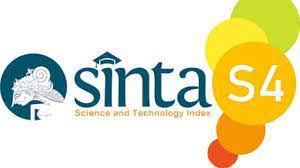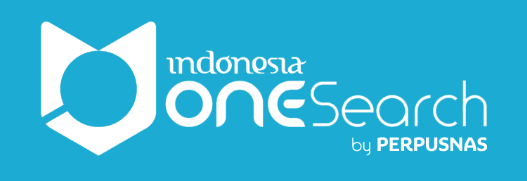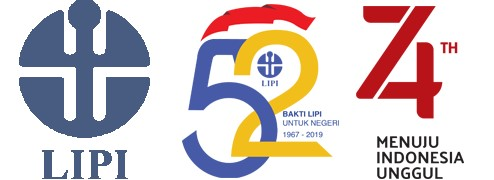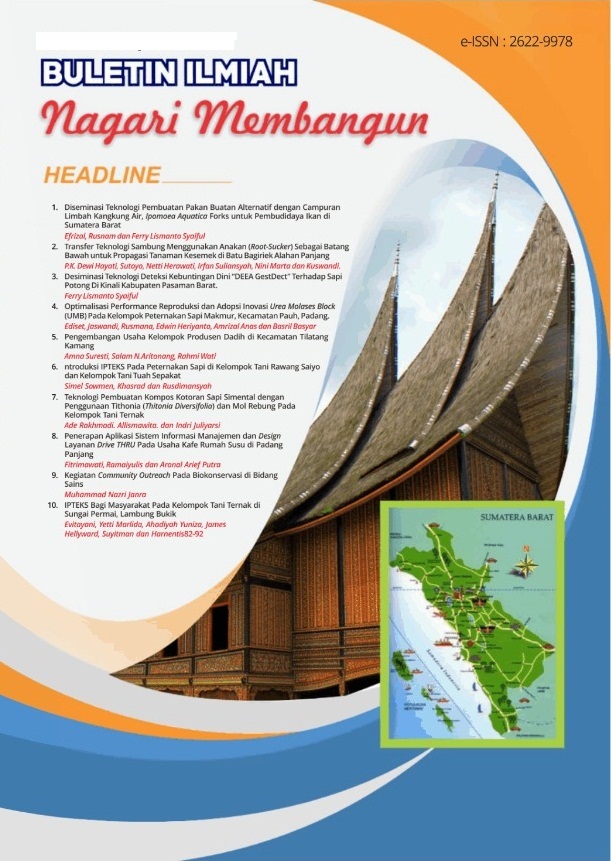EDUKASI PENYAKIT KECACINGAN MELALUI MEDIA POSTER UNTUK MENINGKATKAN PENGETAHUAN SISWA SDN 14 TABING BANDA GADANG KECAMATAN NANGGALO KOTA PADANG
Abstract
The prevalence of helminthiasis worldwide for pre-school-age children is estimated at 267 million and for school-age children, it is estimated at 568 million. The risk factor for the high prevalence of helminthiasis is the low level of personal sanitation (clean and healthy lifestyle). The behavior referred to in children is often not washing hands before eating and after defecating, not keeping nails clean, and eating snacks in random places where cleanliness is not maintained. It is necessary to carry out counseling related to intestinal worms in elementary school children by teaching clean living behavior so that students can avoid helminthiasis. The method of activities carried out is in the form of health promotion using the lecture method (delivering prepared material) using poster media about what worms are, the characteristics of worms, and how to prevent worms. Before delivering the material, a pre-test was carried out and finally, a post-test was carried out to see changes in student knowledge. The activity was also accompanied by the handing out of deworming and other health posters to schools. It was found that after counseling there was a significant increase in student's knowledge of the material presented from an average score of 71 to 84. The conclusion was that the implementation of counseling using poster media increased students' knowledge about helminthiasis. It is recommended that schools can put posters in places that are easy for students to see and schools procure other posters related to disease prevention and implementing clean living behaviors..
Downloads
References
Agustina, N. (2022). Cacingan pada Anak. Retrieved 5 Desember 2022, from https://yankes.kemkes.go.id/view_artikel/1288/cacingan-pada-anak#:~:text=Infeksi%20kecacingan%20adalah%20infeksi%20yang,Necator%20americanus)%20dan%20Strongyloides%20stercoralis.
Caesar, D. L., & Prasetya, B. A. (2020). Efektifitas media poster dalam meningkatkan pengetahuan sanitasi dasar di sdn 01 wonosoco undaan kudus. J-KESMAS: Jurnal kesehatan masyarakat, 6(1), 83-91.
Damayanti, N. A., Pusparini, M., Djannatun, T., & Ferlianti, R. (2017). Metode Pre-Test Dan Post-Test Sebagai Salah Satu Alat Ukur Keberhasilan Kegiatan Penyuluhan Kesehatan Tentang Tuberkulosis Di Kelurahan Utan Panjang, Jakarta Pusat. Prosiding SNaPP: Kesehatan (Kedokteran, Kebidanan, Keperawatan, Farmasi, Psikologi), 3(1), 144-150.
Heri, H., & Selviana, M. (2019). Media Booklet Sebagai Media Promosi Kesehatan Peningkatan Pengetahuan Dan Self Efficacy Orangtua Memberikan Pendidikan Seksual Remaja. Jurnal Publikasi Kesehatan Masyarakat Indonesia, 6(3), 83-97.
Hidayat, A., Isrona, L., & Vebrielna, N. (2022). Edukasi narkoba, hiv/aids, pornografi dan kesehatan reproduksi remaja di Kelurahan Balai Gadang Kecamatan Koto Tangah Kota Padang. Buletin Ilmiah Nagari Membangun, 5(1), 30-37.
Jumilah, J., Jauhari, A. H., & Ridha, A. (2014). Efektifitas Media Poster terhadap Peningkatan Pengetahuan tentang Kesehatan Gigi. Jumantik, 2(1).
Kemendikbud. (2019). Pedoman Pembinaan dan Pengembangan UKS/M. Jakarta: Kementerian Pendidikan dan Kebudayaan.
Kemenkes. (2016). Promosi Kesehatan. Retrieved 14 Desember 2022, from https://promkes.kemkes.go.id/promosi-kesehatan
Ministry, o. H. (2021). The Study on The Nutritional Status of Indonesia at The National, Provincial and District/City Levels In 2021. Jakarta: Ministry of Health.
Musfiqon, H. (2012). Pengembangan media dan sumber pembelajaran. Jakarta: PT. Prestasi Pustakaraya.
Nana, S., & Rivai, A. (2002). Media Pengajaran Bandung: Sinar Baru Algensindo.
Notoatmodjo, S. (2005). Teori dan aplikasi promosi kesehatan. Jakarta: Rineka Cipta.
Notoatmodjo, S. (2007). Promosi Kesehatan & Ilmu Prilaku: Jakarta. Rineka Cipta.
Notoatmodjo, Soekidjo (2003). Pendidikan dan Prilaku Kesehatan. Jakarta: Rineka Cipta.
Sari, P. N., Fitri, D., Resfita, D., Olivia, I. S., Mivtahurrahimah, M., Nadia, N., . . . Zilhasrati, Z. (2021). Peningkatan Promosi Kesehatan Dalam Upaya Pencegahan Hipertensi di Wilayah Kerja Puskesmas IV Koto Kinali Kabupaten Pasaman Barat. Buletin Ilmiah Nagari Membangun, 4(2), 87-96.
Sigalingging, G., Sitopu, S. D., & Daeli, D. W. (2019). Pengetahuan Tentang Cacingan Dan Upaya Pencegahan Kecacingan. Jurnal Darma Agung Husada, 6(2), 96-104.
Sumartono, S., & Astuti, H. (2018). Penggunaan poster sebagai media komunikasi kesehatan. Komunikologi: Jurnal Ilmiah Ilmu Komunikasi, 15(1).
Ulfa, R. F. (2021). Prevalensi Infeksi Kecacingan Soil Transmitted Helminths (Sth) Pada Feses Petani Di Dusun Peleran Desa Moara Kecamatan Klampis. STIKes Ngudia Husada Madura.
WHO. (2022). Soil-transmitted helminth infection. Retrieved 5 Desember 2022, from https://www.who.int/news-room/fact-sheets/detail/soil-transmitted-helminth-infections





















